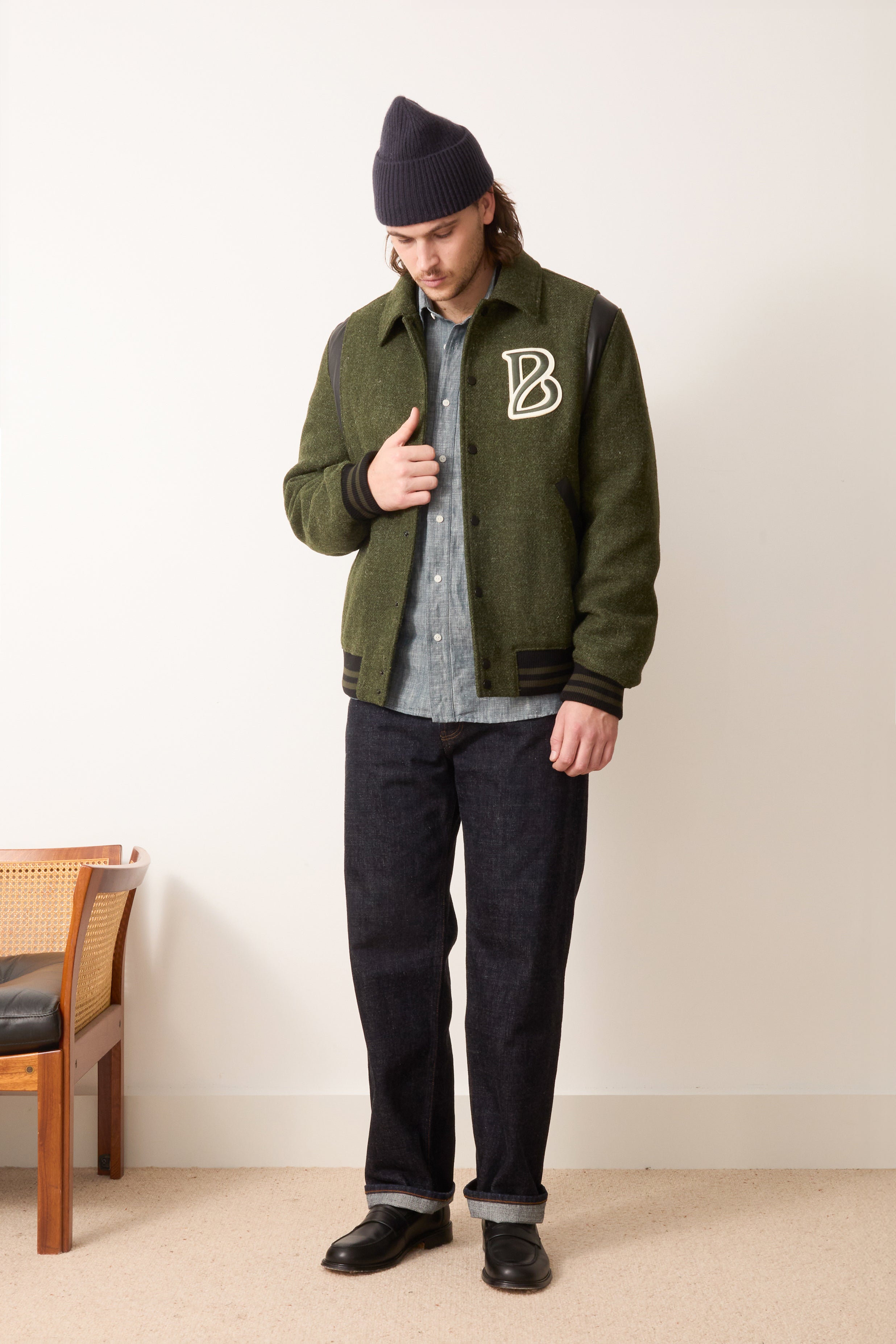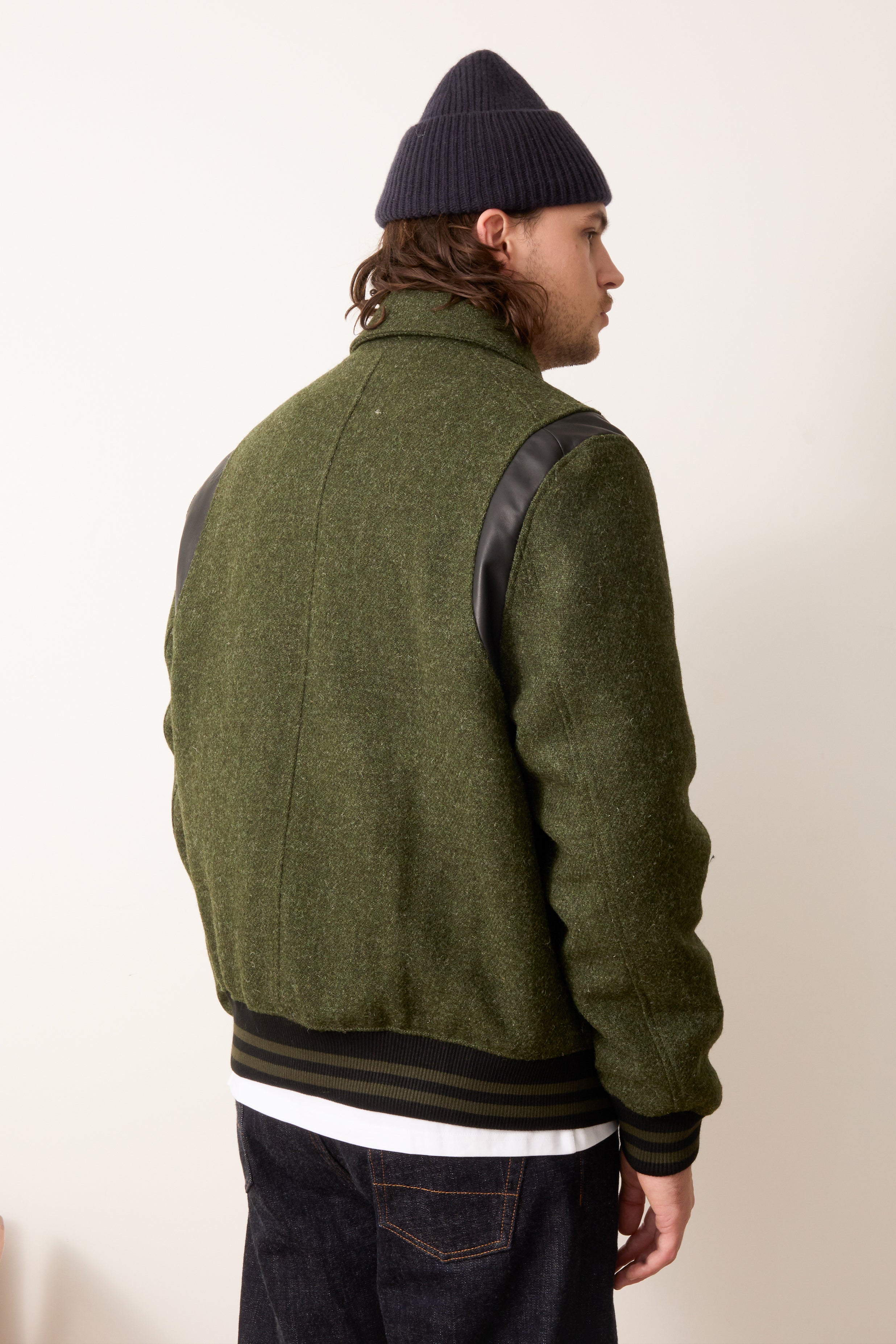Two centuries of Scottish craftsmanship
Harris Tweed®. This name likely rings a bell, but do you really know its story?
While tweed was born in the rural regions of Scotland and Ireland, Harris Tweed® has a very specific origin: it comes exclusively from the Outer Hebrides islands, particularly Harris, Lewis, Uist, and Barra.
Its history dates back to the 19th century, when the residents of these islands began weaving wool in manual looms in their homes, both for trade and personal use. This ancestral technique has been passed down through generations and remains, to this day, one of its hallmarks.
Strictly regulated since the creation of the Harris Tweed Authority in 1909, a fabric can only be certified as “Harris Tweed®” under precise conditions, showcasing the importance of preserving this ancient know-how: it must be handwoven on a manual loom from local virgin wool, with finishing done on the Outer Hebrides islands.
The rustic beauty of Harris Tweed®
This fabric is beautiful because of its history—and even more so because of its texture.
Intriguing from a distance, the charm of Harris Tweed® is fully revealed up close.
Its unique, firm touch comes from its carding process. After being sorted and washed, the virgin wool fibers are aligned for spinning, while keep some entangled fibers. This carded wool has a raw, authentic look with a slightly puffy feel that keeps you warm.
Its deep evergreen color is achieved through a blend of multiple shades of green and a white thread woven together, creating a visually rich effect on its diagonal twill surface. This characteristic texture reveals a myriad of shades, sometimes dark, sometimes bright.
















